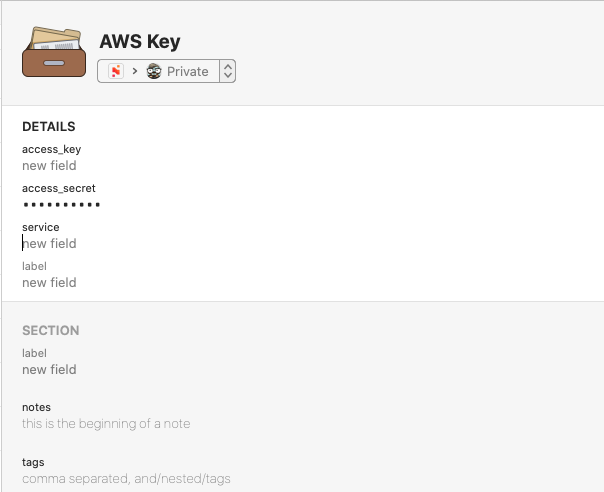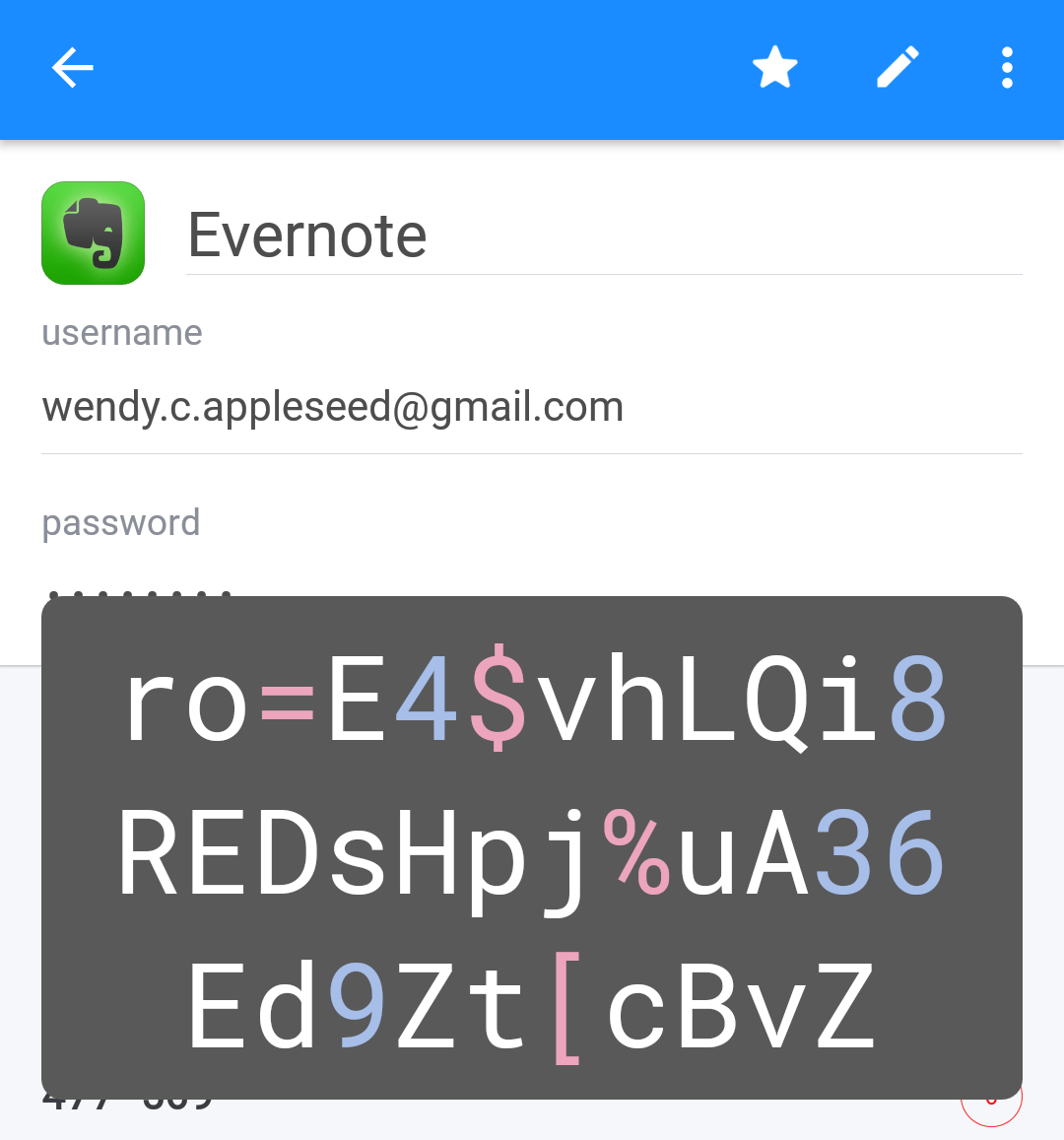
- 1password recover secret key how to#
- 1password recover secret key install#
You need to put additional security in place for the HSM PIN that Vault needs to access the HSM. Security policies must manage access to and security of the HSM. This method offers considerable security as all parts of the secrets management infrastructure are within business control, but there are other considerations: If you have access to an HSM, then Vault provides a way to store and retrieve the root key using the pkcs11 configuration block in the seal stanza. You need to put additional security in place for the cloud provider access keys required to read the key store. Business continuity: Some enterprises may have policies around vendor reliance for business continuity reasons. Security policy: Does your security policy allow for secrets to be stored on a public cloud?. This option is easy to use but relies on access to a public cloud.Ĭonsiderations for using this method include: If your Vault implementation is in a public cloud or has access to one, then you may have access to a secure Key Management Service (KMS), and Vault can take advantage of this to store the root key and retrieve it from there. Key holder key access is tied to enterprise user lifecycle management to ensure the process is responsive to staffing changes. Vault provides for this in the init command with flags to PGP encrypt the unseal keys and root token. Key shards should be stored in secure locations and further encrypted using personal encryption. Quarterly unseal drills to make sure all operators can respond. 

If this method is employed, the recommendation is to put additional operational processes in place, such as: This method relies on multiple operators (each with their own key) to be available to unseal Vault, so it may not be ideal in an Enterprise solution. The default method for unseal uses Shamir's Secret Sharing algorithm to split the key into shards so that there is never a single root key. There are several considerations to take into account when deciding on an unseal strategy. Vault Enterprise also offers an hardware security module (HSM) unseal. Vault OSS supports Shamir and cloud auto-unseal methods for most major cloud providers. For obvious security reasons, Vault neither keeps nor knows the root key and so this is the function of the unsealing process to present the root key to Vault. Unsealing is the process by which your Vault root key (previously known as master key) is used to decrypt the data encryption key that Vault uses to encrypt all data. The concepts and reasoning behind Vault sealing are covered in more detail in the Vault documentation.įor more information on unseal options, review the seal configuration documentation.īecause Vault always starts in a sealed state, the first decision point is around your implementation strategy to handle unsealing. Once Vault is installed and configured according to the Deployment Guide it is in a sealed state. You have followed the Production Hardening Guide for Vault to improve the Vault cluster's security.
1password recover secret key install#
You have followed the Deployment Guide for Vault to install and configure Vault on each Vault server. You have followed the Reference Architecture for Vault to provision the necessary resources for a highly-available Vault cluster. 
Consul Template is used to access static secrets stored in Vault and provide them to the applications and services that require them.Auth Methods are used to authenticate users and machines with Vault.K/V Secrets Engine is used to store static secrets within the configured physical storage for Vault.Recommended Pattern - Vault Centralized Secrets Management.
1password recover secret key how to#
Deployment Guide covers how to install and configure Vault for production use. Reference Architecture covers the recommended production Vault cluster architecture. It builds on the Reference Architecture and Deployment Guide for Vault to deliver a pattern for a common Vault use case. This guide explains the concepts, options, and considerations for unsealing a production Vault cluster. Many Vault implementations are initially configured to store static secrets, providing a centralized solution to reduce static secret sprawl. HashiCorp Vault is used to secure, store and tightly control access to tokens, passwords, certificates, encryption keys for protecting secrets and other sensitive data using a UI, CLI, or HTTP API.







 0 kommentar(er)
0 kommentar(er)
